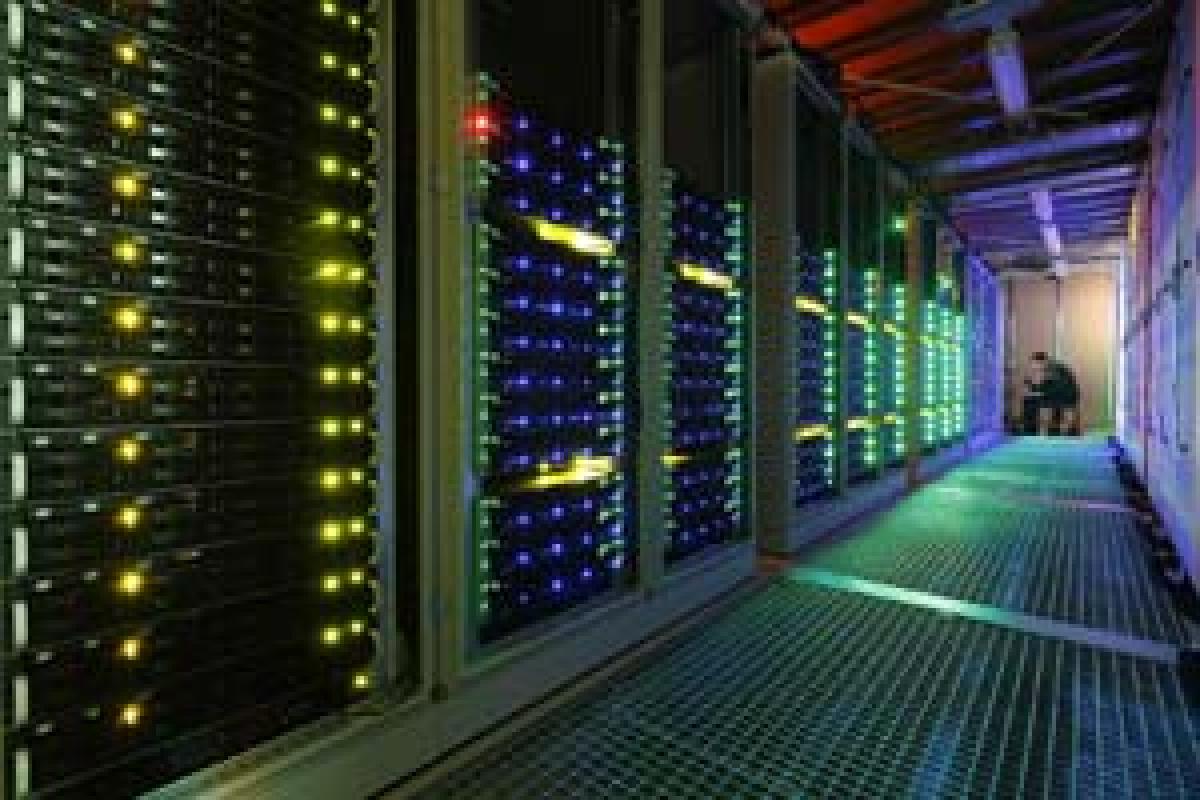Live
- BJP is a ‘pucca local party’: Kishan
- Voters find Candidates persona non-grata in chevella
- Tirupati: Sanskrit is language of divinity says Jagdeep Dhankhar
- Visakhapatnam: INS Sahyadri participated in the maritime partnership exercise
- Scorching heat fails to deter netas from revving up poll drive in Hyd
- Guntur: Dokka Manikya Vara Prasad resigns from YSRCP, joins TDP
- What they want: Women voters pitch for jobs, gender equality in Hyd’bad
- Vijayawada: Lanka Dinakar alleges norms’ violation in Axis Energy projects
- Nominations of 158 candidates found valid in Prakasam dist
- Anantapur: These will be last democratic polls if Modi returns, warns CPI
Just In

India is all set to have an indigenously-built supercomputer by 2017. The Central government on March 25 this year approved the launch of National Supercomputing Mission to connect national academic and R&D institutions with a grid of over 70 high-performance computing facilities at an estimated cost of Rs 4,500 crore.
India is all set to have an indigenously-built supercomputer by 2017. The Central government on March 25 this year approved the launch of National Supercomputing Mission to connect national academic and R&D institutions with a grid of over 70 high-performance computing facilities at an estimated cost of Rs 4,500 crore.
A supercomputer is a computer that performs at or near the currently highest operational rate for computers. The chief difference between a supercomputer and a mainframe is that a supercomputer channels all its power into executing a few programmes as fast as possible, whereas a mainframe uses its power to execute many programs concurrently, according to Webopedia.
The performance or processing speed of supercomputer is measured in petaflop that is equal to a million billion or a thousand trillion floating point operations per second. These massive machines are not made for fun but rather help scientists, meteorologists to do research or forecast global climate and whether, while some are used being to simulate brain activity or effects of storm or wind on a plane, says Crizmo.
World-wide supercomputing facilities have enabled countries in their S&T capabilities in areas such as designing vehicles, aeroplanes, massive structures like high rise buildings and bridges, infrastructure , discovery of new life saving drugs, discovery and extraction of new energy sources including oil, natural gas etc.
Over the years, supercomputers have benefitted mankind in several ways. Weather prediction has reached accuracy of forecast as well as real time tracking of natural phenomenon. Timely warning of cyclones in the recent past hase saved many lives and property.
The mission will enable India to leapfrog to the league of world-class computing power nations. The government plans to install 73 supercomputers in different parts of the country and all will be linked by a computer grid. As far as supercomputing is concern India is ranked at number 74 and China is number 1. There are 500 supercomputers in world and India has only 9.
The Mission envisages empowering our national academic and R&D institutions by installing a vast supercomputing grid comprising of more than 70 high-performance computing facilities. These supercomputers will also be networked on the National Knowledge Network (NKN). The NKN is another programme of the government which connects academic institutions and R&D labs over a high speed network.

© 2024 Hyderabad Media House Limited/The Hans India. All rights reserved. Powered by hocalwire.com







